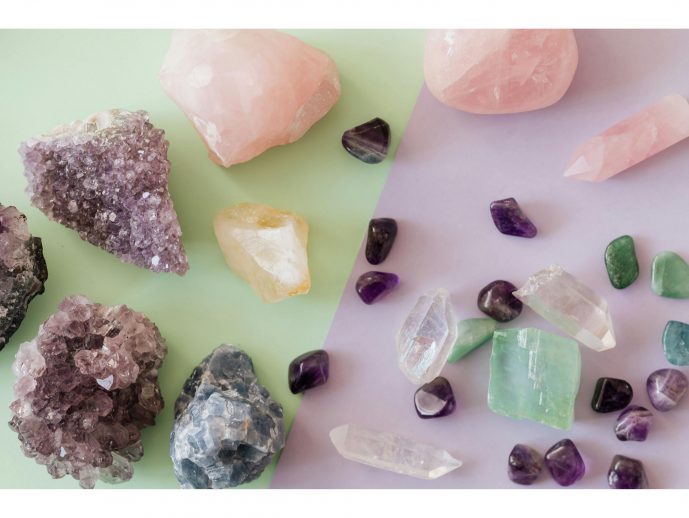Categories more
- Adventures (17)
- Arts / Collectables (15)
- Automotive (37)
- Aviation (11)
- Bath, Body, & Health (77)
- Children (6)
- Cigars / Spirits (32)
- Cuisine (16)
- Design/Architecture (22)
- Electronics (13)
- Entertainment (4)
- Event Planning (5)
- Fashion (46)
- Finance (9)
- Gifts / Misc (6)
- Home Decor (45)
- Jewelry (41)
- Pets (3)
- Philanthropy (1)
- Real Estate (16)
- Services (23)
- Sports / Golf (14)
- Vacation / Travel (60)
- Watches / Pens (15)
- Wines / Vines (24)
- Yachting / Boating (17)
The Hidden World of Investment-Grade Australian Gemstones
Published
09/25/2025You know what fascinates me about the ultra wealthy? Its not the yachts or private jets. Its the quiet investments they make that nobody talks about at cocktail parties.
Last month I spent an afternoon with a collector who showed me his latest acquisition - a 32 carat black opal that literally took my breath away. The play of color was unlike anything I'd seen before, with reds and blues dancing across the surface like captured lightning. He'd sourced it through Cosmopolitan Jewellers New South Wales, one of those rare dealers who actually understand what collectors are looking for.
Here's what most people don't realize about the gemstone market right now. While everyone's obsessing over crypto and NFTs, the smartest money is quietly moving into tangible assets that have proven their worth over centuries. And Australian black opals? They're becoming the Patek Philippe of the gemstone world.
Why Black Opals Are The Ultimate Flex
Look, anyone with money can walk into Cartier and buy a diamond necklace. But finding a museum-quality black opal from Lightning Ridge? That takes connections, knowledge, and timing.
The numbers tell the story. In 2019, a virgin rainbow opal sold for over $1 million USD per carat. Not total price - per carat. Compare that to even the finest diamonds and you start to understand why collectors are paying attention.
But heres the thing that really gets me - its not just about the money. When you hold a black opal, you're holding something that took millions of years to form in very specific conditions that exist in only one place on earth. The entire global supply comes from an area smaller than Rhode Island.
The Art of Building a Collection
I've watched collectors make fortunes and I've watched them lose shirts. The difference usually comes down to one thing - they either bought with their eyes or they bought with their brain.
Smart collecting means understanding grades, understanding provenance, and most importantly, understanding patience. The best pieces don't show up on Instagram. They move quietly through established relationships.
Take pearls as another example. Everyone knows about South Sea pearls, but how many people can spot the difference between a pearl from Broome versus one from Tahiti? The color variations are subtle - that golden undertone, the way light plays differently on the surface. These details matter when you're talking about pieces that appreciate 15-20% annually.
What The Future Holds
The luxury market is changing fast. Younger collectors want pieces with stories, with uniqueness, with that impossible-to-fake authenticity. They're not impressed by logos anymore. They want things that cant be replicated.
This shift is driving prices for exceptional specimens through the roof. A boulder opal with strong color play that might have sold for $10,000 five years ago now commands $50,000 or more. And the really exceptional pieces? They don't even make it to market. They go straight from mine to private collection.
I talked to a dealer recently who told me something interesting. He said the Chinese market for black opals has exploded in the last three years. Apparently red is considered extremely lucky, and black opals with red fire are becoming status symbols among Shanghai's elite. When new money discovers old treasures, prices tend to follow a predictable pattern.
The Bottom Line
Investing in rare gemstones isn't for everyone. It requires education, patience, and access to the right sources. But for those who take the time to understand the market, the rewards go beyond financial returns.
Theres something deeply satisfying about owning something truly rare. In a world of mass production and instant gratification, these gems represent the opposite - patience, rarity, and natural beauty that can't be rushed or faked.
Whether you're drawn to the electric blues of black opal, the warm glow of golden South Sea pearls, or the artistic patterns of boulder opal, remember that you're not just buying a pretty stone. You're buying a piece of the earth's history, a store of value, and maybe most importantly, something that will still be beautiful long after we're all gone.
That's the real luxury, isn't it? Owning something timeless in an increasingly temporary world.















